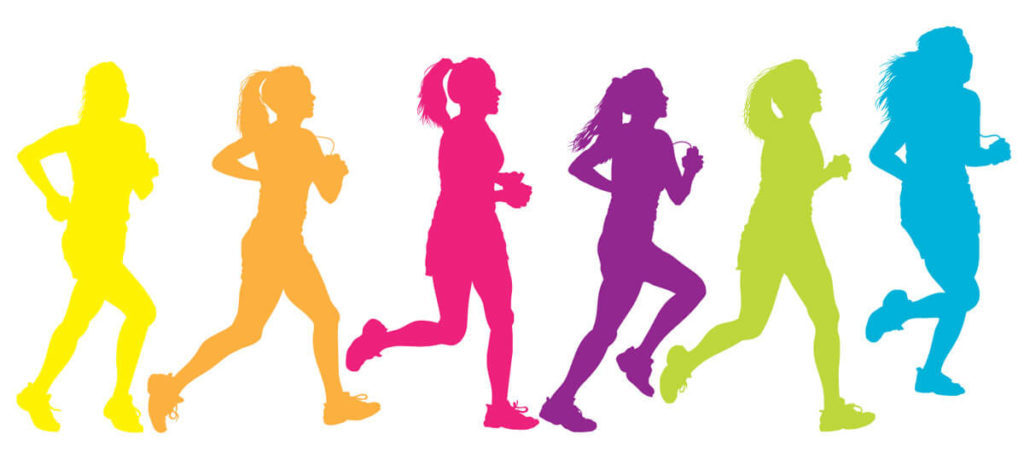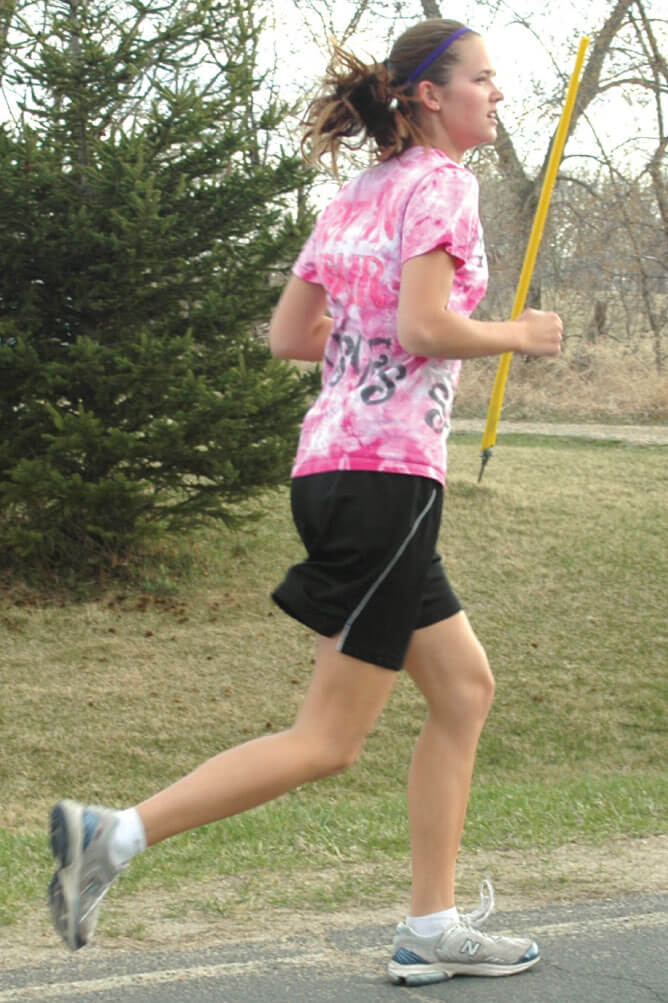by Emily Carter

5 to 10 million adolescent girls and women, and 1 million boys and men struggle with eating disorders and borderline conditions.
National Eating Association
If I spent a third as much time with my books as I did wishing I looked like Charlotte, I would be Harvard bound, no question. The truth is I don’t spend nearly enough time studying. I’ll start to study and then I’ll put on Spotify, and I’ll dream about living in Paris, working for an International Relief Agency.
Before I know it my mother is calling from downstairs, “Serena, Sweetie? It’s almost 11, don’t you think you should get some sleep?” And I’ll realize that I’m dead tired. Charlotte listens to music, too, but only for 45 minutes. It’s on her daily plan. “Listen to music; space out: 9-9:45 P.M.” Charlotte and I are supposed to be on the same schedule, but I don’t follow it as well as she does.
Charlotte and I are walking to class. I walk a little behind her, because she walks so fast. I trot along, looking at her tall, skinny legs in black jeans and wishing they were my legs, my black jeans. Charlotte is thin. Fashion. Model. Thin. She jogs every day, not just three times a week, like me. It’s on her schedule. “6-7:00 A.M.: Run.” That is what keeps her so skinny — not anorexia.
Research suggests that about 1% of female adolescents have anorexia. That means that about one out of every 100 young women between 10 and 20 are starving themselves, sometimes to death.
I know all about so-called Eating Disorders. We had a recovering anorexic girl come to our women’s health class. Afterwards, Charlotte leaned over to me and said, “Did you check out her thighs? Ka-boom, Ka-boom!” Charlotte is right. Everywhere there are people telling you to be mediocre with a Jell-O butt and a B+ average.
When Charlotte and I were in seventh grade, some of the girls got it into their heads to make fun of me for being short and not having anything on top yet. Charlotte told those girls that if they wanted to bother me, they might as well bother her, too. After that they left me alone. You understand? A friend is in your corner. My mother, of course, doesn’t have a clue.
“I’m concerned about Charlotte,” she says. “I think you should talk to her, you’re her friend.”
‘“Concerned,’” I say. “Can’t you just say worried? I don’t know, Mom, sometimes you sound so pretentious.”
I know I can be a brat, but lately everything my mom says drives me crazy. Besides, I can just see the look on Charlotte’s face if I tell her I am “concerned.” The “Et tu, Brutus” look. Besides, when she does eat, she eats healthy food. Spinach salad. Well, spinach. Raw with none of the dressing, full of fats and oils, that I can’t help sneaking onto my own salad in the lunch line.
How would my mother know anything about Charlotte anyway? Charlotte and I aren’t going to be like those airheads who bake brownies and sell them for the boys’ hockey team. We’re not going to be nerds, either. We’re going to be smart, and beautiful, and successful. Charlotte is definitely going to be the valedictorian next year. She’s got it nailed. My mother should be grateful I’m not hanging out with druggies.
The average American model is 5’11” and weighs 117 pounds.
The average American woman is 5’4” tall and weighs 168 pounds.
Most fashion models are thinner than 98% of American women.
Charlotte is still beautiful, but I noticed today her skin is getting blotchy. It’s dry, with red patches. Also her hair seems greasy, which is weird, because she washes it twice a day. Today in the newspaper room I looked at her and for a moment she looked, well…ghoulish. Her complexion looked yellowish and her eyes were sunk deep into their sockets, and they seemed to burn. That’s just the fluorescent light, though; it makes everyone look scary. Besides, she was stressed. You try editing the Badger, getting it out a week before exams.
Last night Charlotte called at 10 after 10, which is unusual, since she always goes to bed right at ten. More unusual than that, she was crying.
“They don’t care,” she said. Meaning, of course, her parents.
“I’m getting straight A’s. Do they say good job? No, they say, ‘We think you should see someone.’”
“Charlotte,” I said, “Don’t worry about it. You’re fantastic. You’re working really hard. Besides, even I lose weight around exam time.”
Charlotte told me I was her best friend. She said when she had her company, she’d make me the chairperson. We cracked up about that. Manic & Panic, Inc., we’d call the company. But when I hung up the phone there were words in my head, and I didn’t know where they came from.
“If she’s your friend, why are you giving her such bad advice?”
“Shut up,” I said.

Charlotte and I are out for our Saturday morning jog. She’s talking about academic scholarships to Stanford or Columbia. I don’t mention the fact that her grades, unbelievably, have started to slip. She doesn’t have a lock on being valedictorian anymore.
I’m too busy looking at her sweatpants. I recognize them; they belong to Timmy, her little brother. He’s nine. I don’t mention it, though, and when Charlotte stops jogging before we’re finished, and sits down hard, I don’t mention that either. I just wait for her to get up as if this happens so often there’s no need to comment.
I remember the night my mother came into my room. “Sweetie,” she touches my shoulder, “I’ve got some not so good news. Charlotte’s in the hospital. She collapsed earlier this evening.” My mother keeps her hand on my shoulder when I start to jump up.
“She’s O.K. They’re feeding her intravenously. In a day or two you can go see her.” Mom didn’t hug me when I started to cry. I hate hugs. She just sat down next to me and said, “I know. I know, sweetheart. I know.”
Beautiful Charlotte is lying in her hospital bed, tubes running into her nose and her arms. In a minute she’s going to wake up and see me standing here. What will I tell her?
“You’re my friend,” I’ll say. “I want you to live.”
4% or four out of 100 college-aged women have bulimia. About 50% of people who have been anorexic develop bulimia or bulimic patterns.

